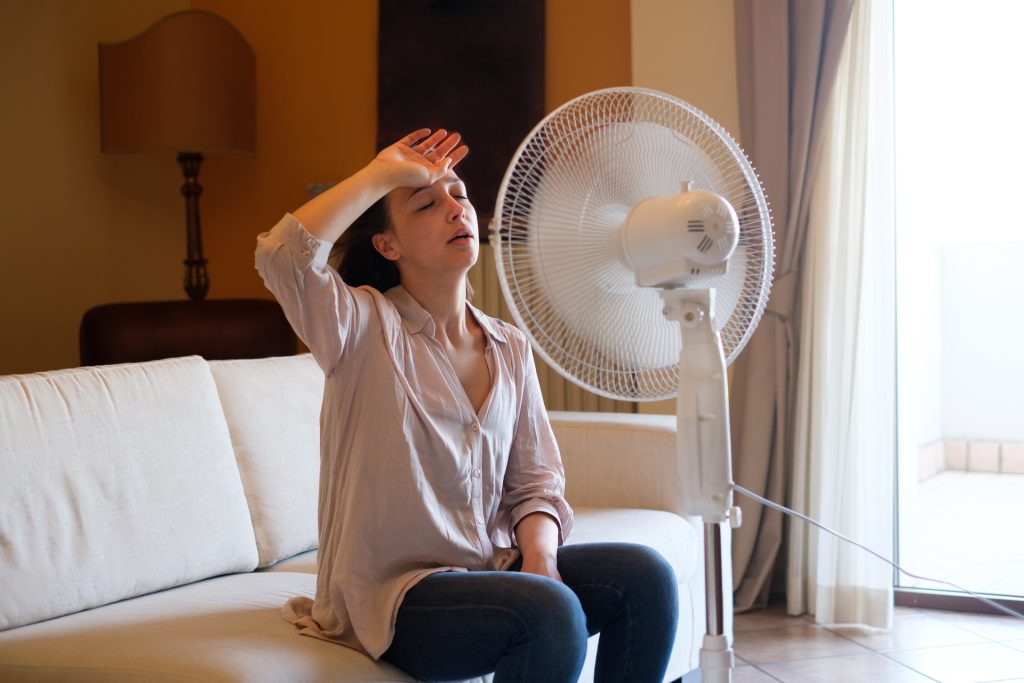It’s a common frustration: stepping inside your home only to find it hotter than the outdoor temperature. This phenomenon can be attributed to several factors, from poor insulation and ductwork to clogged air filters and inefficient windows. In this article, we’ll explore why your home may feel warmer indoors and what you can do to address the issue effectively, such as scheduling a dehumidifier installation in Jurupa Valley, CA.
Poor Insulation
One of the primary reasons for a hotter indoor environment is poor insulation. Inadequate insulation allows heat from the sun to penetrate your home, raising the overall temperature. Areas such as attics, walls, and floors that lack proper insulation can contribute significantly to this problem.
Ductwork Issues
Faulty or inefficient ductwork can also lead to uneven cooling distribution within your home. Leaks, gaps, or improper sealing in the ducts can result in cooled air escaping before it reaches its intended destination, leaving certain areas warmer than others.
Clogged Air Filters
Dirty or clogged air filters restrict airflow and reduce the efficiency of your HVAC system. This can cause your home to feel warmer as the system struggles to circulate and cool the air effectively.
Closed Vents
Closing vents in unused rooms may seem like a logical way to save energy, but it can disrupt your home’s airflow balance. Closed vents can increase pressure in the ducts, causing the system to work harder and potentially resulting in higher indoor temperatures.
Inefficient Windows
Old or inefficient windows can allow heat to enter your home during hot weather and escape during colder months. Poorly insulated windows fail to keep out the heat, contributing to a warmer indoor environment.
Thermostat Troubles
Issues with your thermostat, such as incorrect settings or malfunctioning sensors, can lead to inaccurate temperature readings and improper cooling. This can result in your HVAC system running unnecessarily or failing to maintain a comfortable indoor temperature.
What to Do If Your Home Is Hotter Inside Than Outside
If you’re experiencing a consistently hotter indoor environment, consider the following steps to address the issue:
- Inspect Ductwork: Have your ductwork inspected by a professional HVAC company.
- Replace Air Filters: Regularly replace air filters to maintain optimal airflow and efficiency in your HVAC system.
- Open Vents: Keep vents open in all rooms to ensure balanced airflow and prevent pressure buildup in the ducts.
- Upgrade Windows: Consider upgrading to energy-efficient windows with proper insulation to minimize heat transfer.
- Calibrate Thermostat: Ensure your thermostat is calibrated correctly and set to maintain a comfortable indoor temperature.
- Schedule HVAC Maintenance: Regular HVAC system maintenance, including cleaning coils and checking refrigerant levels, can improve efficiency and cooling performance.
- Use Fans: Utilize ceiling fans or portable fans to improve air circulation and create a more comfortable indoor environment.
- Whole House Dehumidifier: Humidity is often the biggest culprit for indoor temperatures. Dehumidifiers ensure the home stays dry, helping maintain even temperatures and ward off mold.
Addressing these factors and taking proactive measures can create a cooler and more comfortable indoor environment, even during hot weather conditions.
When your home feels hotter inside than outside, it is often the best indicator that it might be in trouble. Identifying and addressing these issues can help improve your home’s comfort and energy efficiency. Regular maintenance, proper insulation, and efficient HVAC systems are key to maintaining a comfortable indoor temperature year-round.
Contact Hush Air Heating and Cooling to schedule dehumidifier services in Riverside, CA.

